I remember starting out in the music world and drooling over expensive headphones while seeing them from the window of the local Hi-Fi shop.
Later on, when I became an avid user of high-end audio technology I used to hear people all around me asking “are expensive headphones worth it?” Well, I guess it’s about time I address this controversial topic once and for all so I don’t hear that question ever again.
So, are expensive headphones worth the money?
Expensive headphones are worth it if you can enjoy the difference between those and cheap ones. If you are a casual music listener, you might not care about losing frequencies, nuances, instruments, and layers. On the other hand, if you are truly interested in hearing nuances and being immersed in music (or other scenarios), you wouldn’t believe just how much you were missing out on with cheap headphones. Expensive headphones are worth it if that difference means something to you.
That’s the short answer, but if you want to know what makes a good pair of headphones and what divides the waters between them, you need to keep on reading. Are you ready to listen to the world differently? Here we go.
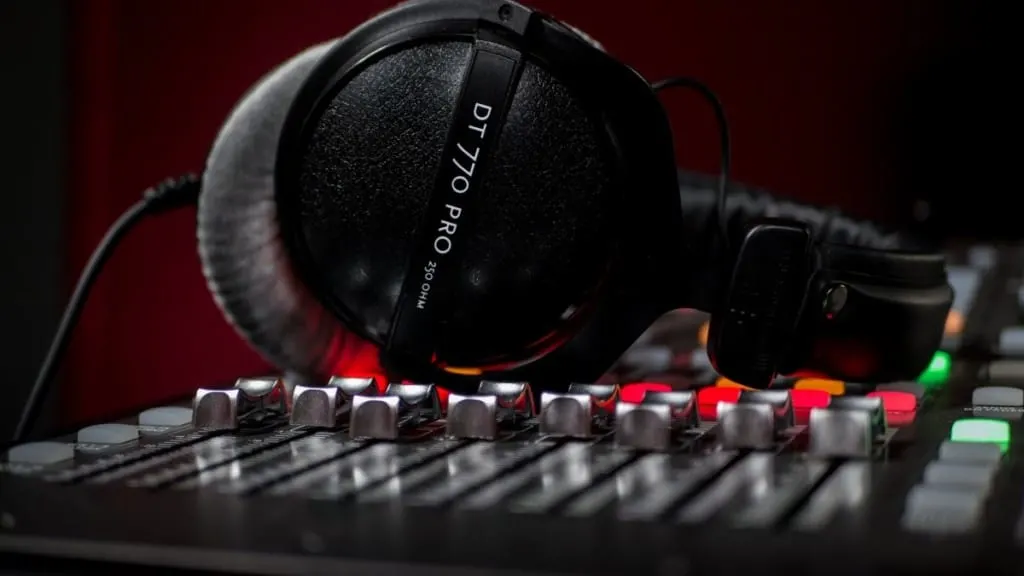
What Do You Want Expensive Headphones For?
First of all, this is the most important question you need to ask yourself before even checking prices. What is the intended use of the headphones? I divided the answer into some categories to make it easier to explain each case scenario.
Expensive Headphones And Studio Use
Ok, we are getting to the fun part: the professional uses of headphones. In studios, you usually work with two very distinctive types of headphones: closed and semi-open.
· Closed headphones – These are great for mixing and mastering because you can’t hear anything from the outside. Also, they are treated for comfort and you can certainly keep them on your head for hours at the time.
· Semi-open headphones – These work better for performing while recording. For example, singers want to hear their real voice as well as the band when recording and with this type of headphones, they are able to do so.
One big difference between gaming, multi-media, and street-oriented headphones is that studio headphones are really boring to listen to music through. I mean by this that they don’t have that FM frequency exciter and EQ curve which allows you to hear all the little nuances of the music. Being plain is a must for studio headphones and boring for the casual listener.
I have recently purchased a new set of Beyerdynamic DT770 over-ear studio headphones
The Beyerdynamic range, particularly Beyerdynamic DT770 over-ear studio headphones, and the Beyerdynamic D-990 are all excellent choices for the recording studio. There is a noticeable difference between the 770 and 990 so if budget will allow I would recommend the 990, however they are both excellent choices.
Check out this review video of these incredible headphones.
I can tell you that if you ask on any forum at the minute, that these are the headphones most people are either using or saving up for. They really are superb quality.
Check out the superb Beyerdynamic DT 990 Pro Headphones here on Amazon
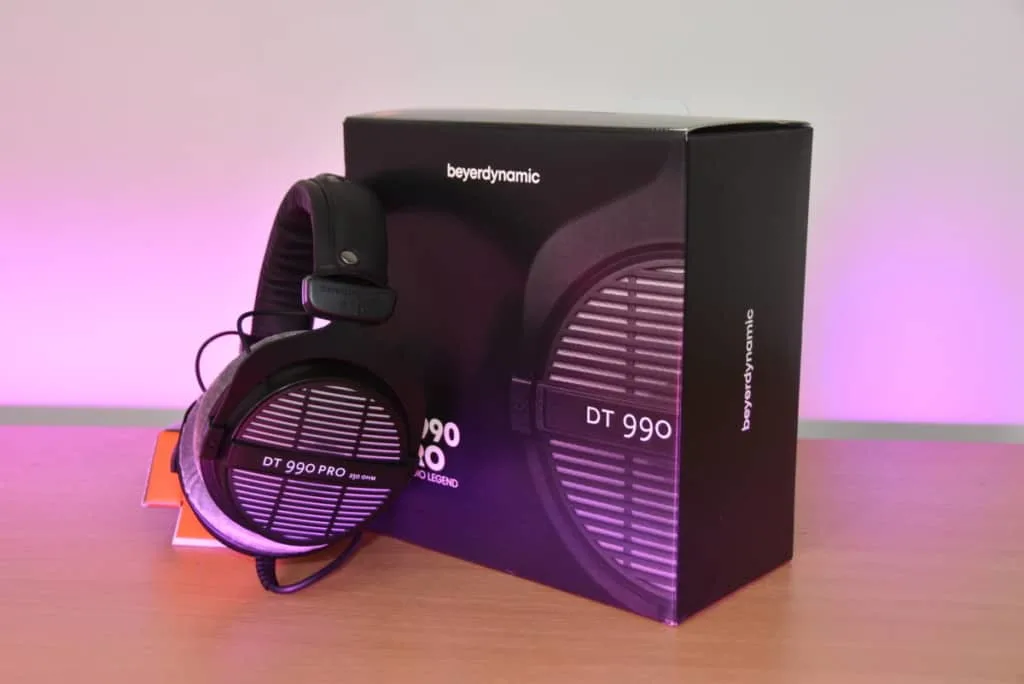
I have written an article for people working without studio monitors. If you are looking to monitor using studio headphones only please feel free to take a look at my article on how to do this!
You can read the article here.
Expensive Headphones For Streetwear
The first category is one that most of us have been through streetwear.
By this, I mean the headphones that you take with you every time you leave the house. Normally, you plug these headphones into your cellphone.
The audio source is very important because if you buy high-end equipment and plug it to a standard-quality source what you’ll get is not what you paid for.
I would say that the main reason to make a decision in this regard is comfort and portability. I also recommend open headphones to avoid accidents.
Are Expensive Gaming Headphones Worth It?
Gamers are usually really into high-end headphones but theirs have a very distinct feature: the microphone.
This is not a minor difference since you have to add to your budget the extra money for it. These are mostly closed headphones that work great in isolating sound. This is close to what you would choose for gaming, headphones for media are usually closed.
Most companies choose Bluetooth technology and also add an EQ curve that works as an FM exciter. Rather than being plain and trying to exhibit the nuances of the recordings, it excites the frequencies with a distinctive sound that is always proper to the brand.
To give you an example: have you tried playing modern music through a nineties sound system? The EQ curve doesn’t match and hence you get this awkward-sounding result. Media headphones work similarly, so make sure you try several until you find the ones you like the most.
In-Ear Monitors Are Expensive Headphones
Most people don’t like wearing over the ear monitoring on stage.
This is because it looks kind of geeky and also because of sweat and moving around. Could you imagine Madonna following a choreography on stage in her outfit and massive headphones ruining her precious hairdo? Neither can her, so she uses in-ear monitors.
These are perfectly crafted to human anatomy and the higher you go in price, the more precise they are.
Audio 2000’s in-ear monitoring system is the most recent one I have worked with and It was faultless.
Take a look at the Audio 2000 wireless monitoring system here on Amazon.
Different Kinds Of Expensive Headphones
We can’t only make the division between expensive headphones, and cheap headphones to answer the question if are they worth it; there are some physical characteristics you need to understand about the construction.
On-Ear Headphones
As the name implies, these headphones are worn over the head of the listener and sit comfortably on the ears.
You must have seen people walking around with massive cans on their heads smiling happily.
These headphones usually isolate the listener completely from outside noise and are very hygienic since nothing goes inside your ears. Also, if they are well constructed and light, there is no fatigue in wearing them.
My wife treated me to a pair of Bose noise canceiling headphones last Xmas! (probably to keep me quiet!) I have to say the sound quality is absolutely superb and they are super comfy.
They do a great job of blocking out external sound.
Take a look at the Bose headphones I have. You can view them here.
Open Headphones
On-ear headphones can be open and this means that they don’t have a suction effect on your ears.
They mostly sit with foam padding over the cartilages of the outside ear. These are great for live monitoring but also for street use since you can still hear what goes on around you and don’t get into any trouble for not hearing.
Expensive Closed Headphones (are they worth it?)
These headphones provide what you call an “immersive experience” isolating you from the world completely.
They don’t sit on the cartilages but rather on the sides of the ears over the skulls which for some people is more comfortable. In fact, they are designed for long hours of use in the studio or at home.
If you want to get the most bang for the buck and use them in a controlled environment, these are the ultimate experience.
In-Ear Headphones
On the opposite side of the road, we have in-ear headphones that need to be put inside the ear.
The good thing about in-ears is that they are easy to carry and in most cases can provide a similar isolation power than the big closed-on-ear ones.
On the other hand, they sit very close to the inner part of our ears so you have to be very careful with volume and peaks as well as hygiene. Most people will not lend this kind of headphones to other users because they literally go inside a body cavity.
Some brands managed to put several micro speakers inside of them and you can get up to three-way speakers in a gadget that is less than ten centimeters long.
I personally find the Sennheiser brand of inner-ear headphones the most comfortable and they also do a great job of isolating external sounds.
The Sennheiser Momentum range is out of this world when it comes to sound quality
Check out Sennheiser momentum here on Amazon.
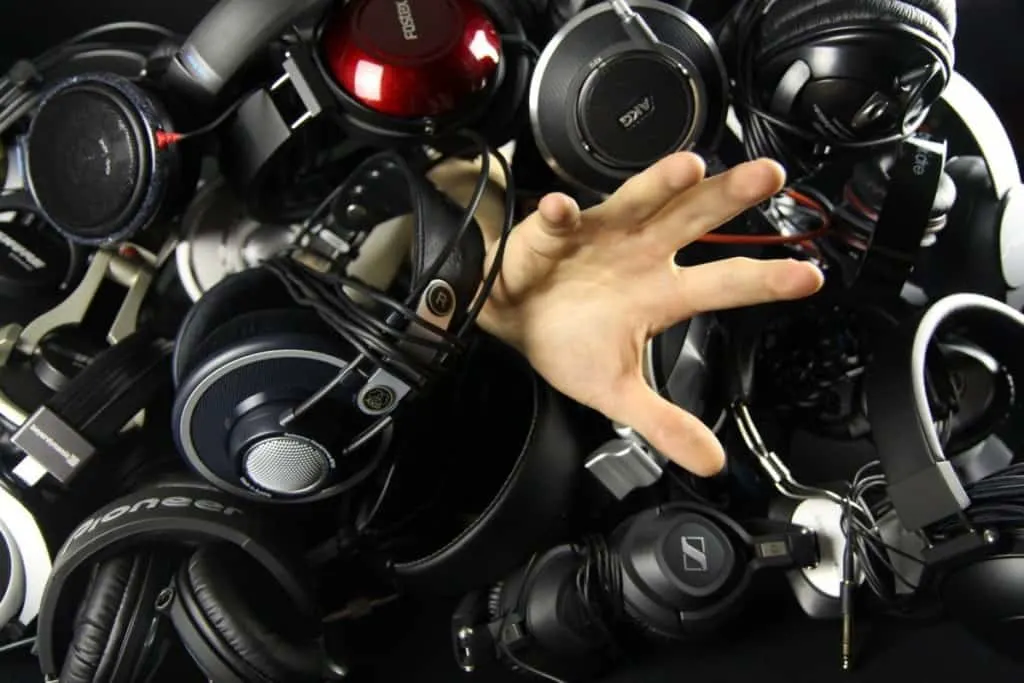
Does Bluetooth Affect Sound Quality On Expensive Headphones?
This is something that has been a question in blogs and dedicated sites for a long time: Does Bluetooth affect the headphone sound?
Well, the answer is yes. It sounds different to use Bluetooth than plugging right into the source. On the other hand, you can say goodbye to cables and hassles.
For example, if you have some high-end multi-media headphones and use them to watch movies, you can definitely benefit from using Bluetooth while seating on the couch rather than having the whole family stepping on your cable.
Will it sound as good? Well, no but what you lose in the audio quality you gain in comfort.
The same goes for street use now that wireless in-ear is so common. Most companies apply a different EQ to mitigate the thinning effects of Bluetooth over audio.
I guess the ultimate proof is that you don’t really see audiophiles using Bluetooth connections.
Again, if you are a casual listener you can try them out and take with you the ones that sound the best to your ears leaving behind the problems with cables; trading sound quality for comfort might be a viable equation in this case scenario.
What Makes A Good Pair Of Expensive Headphones Worth the Money?
Have you decided which of the above categories apply to you? In each of them, you’ll find expensive headphones and cheap ones to choose from.
If they are worth it is something that you are closer to finding out. Let’s see what that money is going to buy you, what makes a good pair of headphones.
Detachable Cable
This is a definite must for those using headphones while moving around if you choose not to get Bluetooth ones.
The detachable cable is something that will save your headset from going through a cut cable and might extend its working life. Firstly, if it gets stuck in the armrest of the bus or train seats it will not damage your headphones, it will just unplug them.
Second, if the cable or the connector gets broken (which is very common) you can just replace only the cable.
Finally, they are easier to transport without doing strange torsions to the wire. In the case of studio headphones, you can even order an extra-long cable from some brands to accommodate drummers or other difficult instruments.
How Many Speakers Do Expensive Headphones Have?
A great way to understand this is to think about the frequencies in which we can divide sound. If you have only one speaker, it needs to cover the whole spectrum. Engineers can work less on it specifically tuning bass, mids, and highs because it can’t excel at all three of them.
Generally, in home audio and mid-range headphones you can find two-way enclosures.
This means you get a frequency splitter coming from the source and it sends lows to the woofer and highs to a tweeter. In this stage, you get a perfectly-tuned high-frequency tweeter and a perfectly-tuned low-frequency woofer allowing for a clearer sound.
Finally, more expensive headphones can accommodate up to three-way sound systems inside with a frequency splitter. You get a woofer for lows, a smaller speaker for mids and a tweeter for highs. Each of them is picked or manufactured to cover a section of the frequency spectrum. The result? Crystal clear audio.
Bear in mind what we said at the beginning: if the source is not good enough, you’ll have bad audio quality divided into three. You can ask the clerk and check the packaging to see how many speakers the headphones have or do your research online.

What Construction Materials Do Expensive Headphones Have?
This applies to all kinds of headphones but especially those that are for streetwear or live monitoring on the stage.
Those types of headphones get quite a beating and hence need to be sturdy enough to handle it. Poor construction materials like thin foams on over-ears or a hard band to go over your head as well as a non-detachable, low-quality cable or connector can lead to a very short usable life.
Construction materials also make for the price of your headphones; take a good look at them before making the purchase.
Impedance & Volume (once you know you can never go back)
It is time to speak about a technical aspect of music that most people (except for audiophiles) never find out about. Have you ever heard about the relationship between impedance, audio quality, and volume? Well, let me explain it to you very briefly:
The impedance of a piece of gear is what will define the definition of the resulting audio (along with other variables, of course). For example, if you are a musician and play a string instrument, you might know that bass cabinets usually go for 2 or 4 ohms while guitar cabs rarely go below 8 and can be up to 16 ohms (like Orange cabs).
The further away from low ohms you get, the more raw power and volume you lose but the more definition you win.
High-end headphones can get to be 2K Ohms but in consequence, the volume you get is very low (the higher the impedance, the lower the volume). This is one of the reasons why high-end equipment such as that is rarely seen on the streets; you would need an external DAC or amplifier to listen to the music from your cellphone.
This is to say that “better sounding” is relative because low volume is not something that will give you a pleasant hearing experience.
Carrying with you something like a FiiO external DAC and headphone amp is not the most comfortable in the world and I have only seen it in audiophiles around the world.
What I can tell you about this is that through my studio years I’ve tried very high impedance headphones and once you know, you can never go back.
Once you’ve heard the nuances, textures that make the overall sound quality of a high-end pair of headphones you can’t pretend nothing happened; those cheap headphones with super excited lows to give you a sensation of volume won’t be pleasing for you anymore.
It’s a long way to high-end audio quality on a one-way road, once you’ve heard the difference you can’t ignore it anymore. Think of this and your budget; make a conscious attempt not to try out headphones outside your budget.
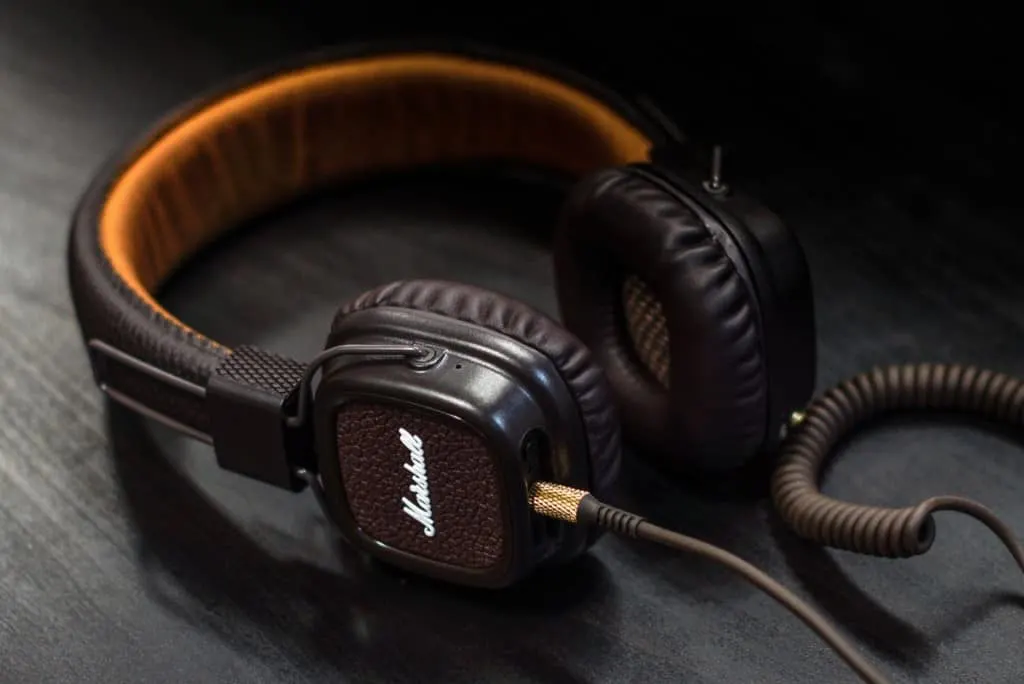
Cheaper Headphones Doesn’t Necessarily Mean Worse Quality (and vice versa)
After I said the preceding words you might think that I am speaking exclusively about very expensive headphones. Well, that is not quite right; expensive headphones also need to prove if they are worth it. I have seen epic fails from big brands and epic wins from smaller ones.
For example, headphones like Beats by Dr Dre or Skull Candy or any of those brands spend a lot of money on advertising, design, and marketing. They sound great, but the extra for those marketing efforts are usually applied to the final price of the product.
Choosing Gear Can Be Really Hard!
Home recording requires a whole series of equipment, and it can be difficult to do the research to figure out exactly what to buy depending upon your budget.
I have written a complete guide to exactly which equipment you should get depending on your budget.
Usually, audio brands have a reputation to protect and thus they invest a lot of money on quality control to blow your mind with every single product.
For example, check out the Audio Technica ATH-M20X
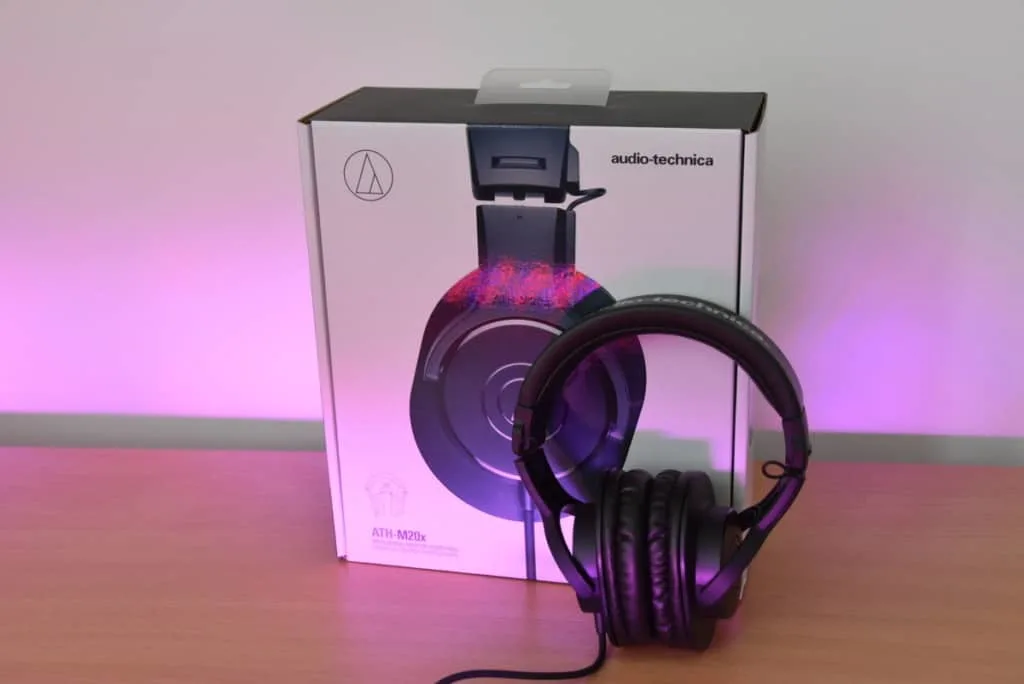
This is a pair of great-sounding headphones and they sell for less than $50. Of course, the bigger brothers of the ATH series sound better, such as the ATH-M50 are more defined, punchy and clear but some products by other brands at this price level are not even worth the purchase.
Cheap is not always worse, you should try them out before buying and make sure you are getting what you are paying for.
The Audio Technica has nothing to envy and compared to Beats EP cost nearly 1/3 of the price. These would be my choice for the best pair of quality headphones (in this price range). Believe me, they are exceptional.
Final Words (Are Expensive Headphones Worth It?)
Buying a good pair of expensive headphones, speaker monitors, or any other studio gear we can invest in is something that will affect the way we work.
When you are in the studio, your listening tools are just as paramount as your audio-capturing tools.
If you mix down an entire record that takes 40 hours of your time and obsessively builds the frequency spectrum to sound perfect on your headphones and then play it through a cellphone and realize that the bass is not there, you’ll be very disappointed, to say the least.
The best headphones in the studio are those that stay true to a flat EQ curve with high impedance to hear all the nuances.
To answer the question “are expensive headphones worth it”, you should answer with a brief explanation of what you want them for.
If you are playing thousands of dollars in audio equipment through some Audio Technica M20 you are cutting corners which might take you to ruin your reputation as a mixing engineer.
On the other hand, if you buy some fancy Shure SRH1840 to play your mp3 with, you won’t be making the most of them either and complaining infinitely about the low volume.
Each headphone has its place and should go along with the rest of your gear.
If you are to make an investment, I would stick to the heritage of the bigger brands and put my money on their products. As you grow your ear’s capacity to differentiate nuances, you’ll outgrow every model and be ready to make the change.
Believe me, you’ll know when it’s time; just start with what you have and work your way there.
Happy (silent) recording!
